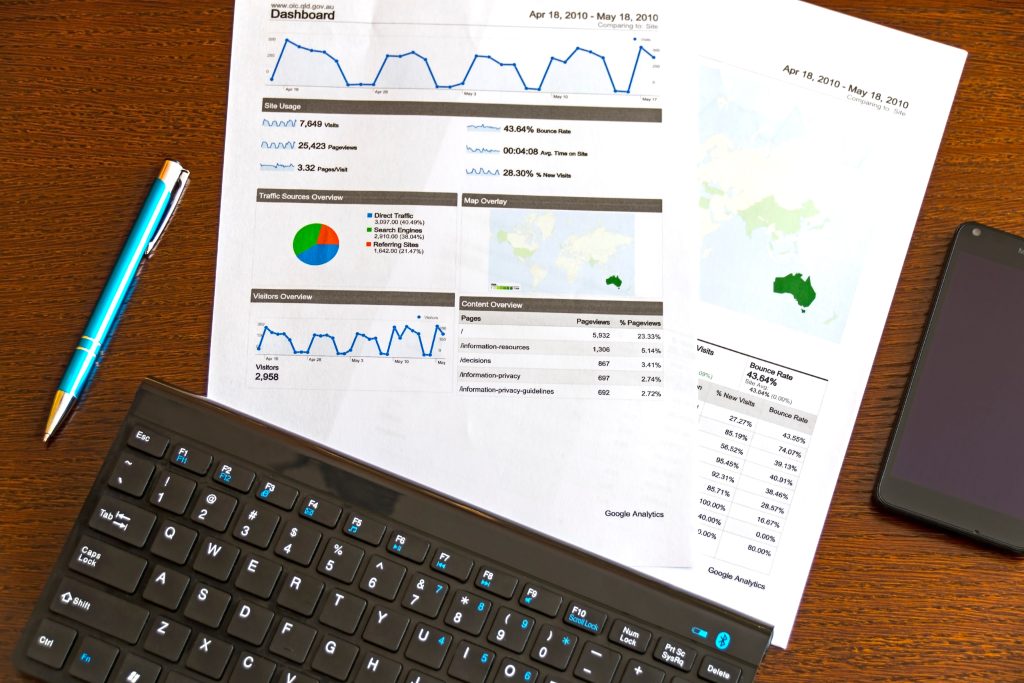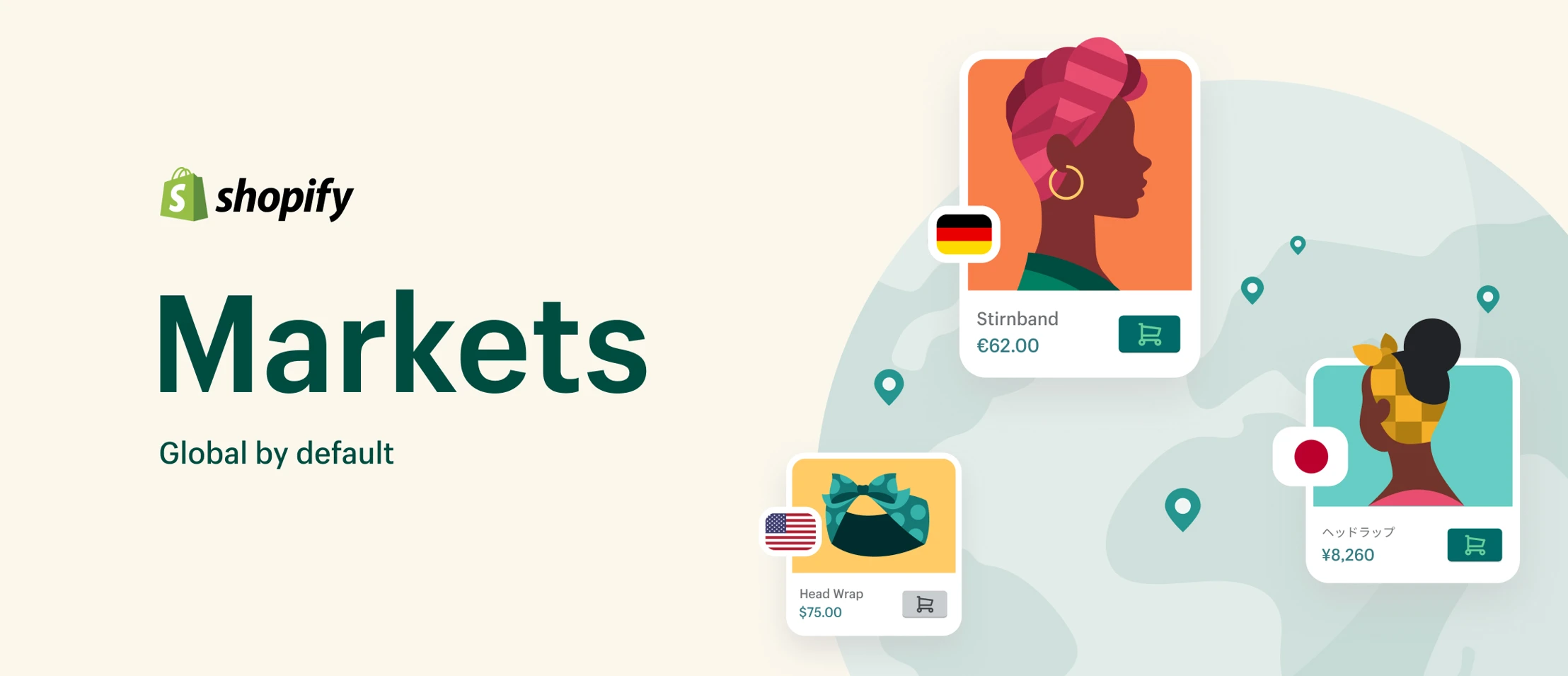Table of Contents
Introduction
If you’ve been dreaming of taking your Shopify store global, then Shopify Markets is your passport. It’s not just a fancy feature—it’s a centralized hub that helps you manage international commerce from one dashboard. Think of it as your personal mission control for global e-commerce.
Shopify Markets allows you to sell to customers in different countries with localized experiences. That means you can present your products in local currencies, languages, and pricing models while managing everything from one place. It removes the complexity that once made international selling a logistical nightmare.
With Shopify Markets, you’re not just opening your store to a global audience—you’re customizing the storefront for them. You can target regions specifically, display local currencies, optimize taxes, and streamline shipping. And here’s the kicker: all of this can be managed without juggling different domains or complicated setups.
Why does this matter? Because consumers today expect personalized, seamless shopping experiences—no matter where they live. And if you don’t offer it, your competitor will.
So, whether you’re a solo entrepreneur or a scaling brand, Shopify Markets is your golden ticket to tap into new revenue streams across borders. It’s like opening new stores globally, but without the massive overhead.
Why Go Global with Shopify?
Selling internationally used to be a privilege of big-box brands. Today? Shopify has leveled the playing field.
Going global with Shopify means tapping into new customer bases, maximizing revenue potential, and establishing brand recognition across continents. The eCommerce industry is booming—cross-border online shopping is expected to reach $4.8 trillion by 2026. Why stay local?
Here’s the juicy part: Shopify provides built-in tools to help you thrive in international markets. You don’t need to be a tech wizard or hire an international consultant. Shopify has built the infrastructure—from payment gateways to translation services—to make expansion smooth and cost-effective.
Plus, Shopify integrates deeply with tools like Google Shopping, Facebook Shops, TikTok, and Instagram across different regions. That means your global marketing strategy can hit the ground running.
If you’re serious about growth and scaling your brand, going global isn’t just an option—it’s a necessity. And Shopify makes it easier than ever to make that leap.
Manage inventory for each market

Selling internationally on Shopify can present logistical challenges. There are different currency, payment, and shipping rules for different markets. Additionally, you might have to adjust the pricing for each market. For this reason, it can be time-consuming and costly to run a business in more than one location. However, with the help of Shopify Markets, you can manage international markets with ease. Here are some features to consider when selling internationally on Shopify.
Shopify Markets is an ecommerce platform that enables merchants to sell more efficiently in global markets. It has been designed to help online businesses sell directly to international consumers without the assistance of a third party retailer. This feature helps merchants manage their inventory and sales across borders in a single platform. To get started, learn more about the features. Listed below are some of the top features of Shopify Markets.
Shopify Markets lets you define your relevant market areas. You can choose to group multiple countries together or form a single country market. This helps you plan and execute your delivering strategies more efficiently. The platform also allows you to easily integrate with accounting software. Once the integration is complete, you’ll have full control over your pricing strategy. Managing inventory across markets is as easy as managing inventory within a single system.
Shopify Markets helps you sell more products in more markets. The platform also helps you build trust by eliminating confusion in product availability and pricing messages. Shopify Markets also helps you build your business internationally through one online store. You can even manage your inventory with just one email address instead of multiple accounts. However, the only downside to this option is that you can’t send messages to your stores through each store.

Automatically convert storefront prices to local currencies
To automatically convert storefront prices to local currencies when selling globally on Shopify, enable the option to use automatic rates. This will allow you to view the breakdown of your product prices in each country. You can also set the rounding rules of your currency conversion. This will help you avoid fluctuations in the price of your products. You can choose the exchange rate that you want to use for your store, as long as it matches the currency of the countries where you sell.
To use the automatic currency conversion feature, you need to have a Shopify Payments plan. Depending on the plan you select, some features may be limited or unavailable. You can also downgrade to the Basic plan if you’re not interested in using automatic exchange rates. In this case, all your country-specific prices, price adjustments, and rounding rules will be deleted. Alternatively, you can set the currency conversion rate manually.
In addition, Shopify offers tools to sell internationally. If you don’t have a team or the time to maintain multiple stores, you can use a multi-currency solution. It supports over 130 currencies, and helps customers shop in the currency they’re comfortable with, throughout the purchase process. Shopify Payments works by offering a currency selector, and then recommending the most appropriate one for them.
Markets’ currency conversion feature works on the product page, checkout process, and notifications, and refunds. When you sell products internationally on the Shopify Platform, you should allow your customers to pay in their own currency. However, if they don’t know the language of your website, they won’t buy from you. Using the Markets app for international sales helps you avoid such issues.
Automatically convert storefront prices to local currencies is one way to take advantage of the global sales boom. However, it can also be time-consuming and complicated to make international sales. Fortunately, Shopify Markets has provided a solution for both of these problems. It helps you sell internationally with your Shopify storefront in the currency of your customers, and it improves conversion rates.
Manage international taxes and duties
One of the ways to minimize your tax and duty burden when selling internationally is to use Shopify Plus. This feature allows you to easily manage international taxes and duties for all products on your Shopify website. You can choose to collect duties and import taxes at checkout. You can choose whether you want to collect duties or charges for each individual product, or you can let customers pay for these fees themselves. The best way to handle international taxes and duties is to select DDP, or delivered duty paid.
When selling internationally on the Shopify Platform, you’ll also need to figure out how much shipping fees are. In addition to shipping fees, you will likely have to pay import taxes and duties. Fortunately, Shopify Markets helps you calculate these fees and taxes. Advanced and Plus stores can automatically calculate these fees during checkout, while non-Shopify stores will need to use third-party apps. For example, you can use the Zonos Duty and Tax app to calculate shipping fees and duties for all countries.
You can also import CSV files containing information on international taxes and duties. This will allow you to easily import product HS codes, country of origin, and other values. Once you have added the CSV file, you’ll receive an email confirming the import process. On the product page, you can adjust import tax and duty settings to accommodate your specific country of origin. By following the steps in this guide, you’ll be on your way to selling internationally and reaping the benefits!
When selling internationally on the Shopify Platform, you’ll need to know how to charge import taxes and duties. Whether you’re selling to the United States, the UK, or Germany, it’s important to know how much each country’s taxes and duties will be. You’ll need to have the relevant information ready for the international customer to calculate these fees. Using an international payment provider such as PayPal or Vendor Central can also help you manage international taxes and duties.
Get in touch with us for Shopify/Shopify Plus Projects.
Deepak Wadhwani has over 20 years experience in software/wireless technologies. He has worked with Fortune 500 companies including Intuit, ESRI, Qualcomm, Sprint, Verizon, Vodafone, Nortel, Microsoft and Oracle in over 60 countries. Deepak has worked on Internet marketing projects in San Diego, Los Angeles, Orange Country, Denver, Nashville, Kansas City, New York, San Francisco and Huntsville. Deepak has been a founder of technology Startups for one of the first Cityguides, yellow pages online and web based enterprise solutions. He is an internet marketing and technology expert & co-founder for a San Diego Internet marketing company.



